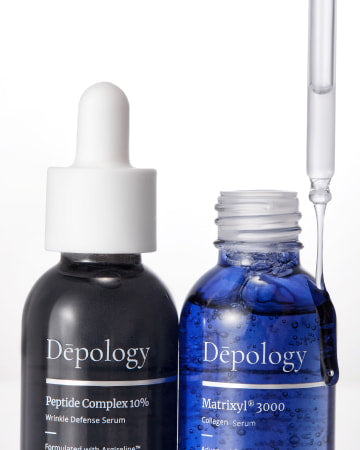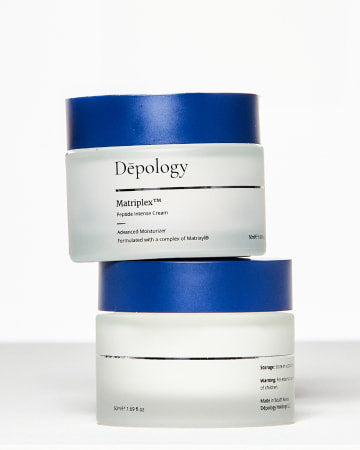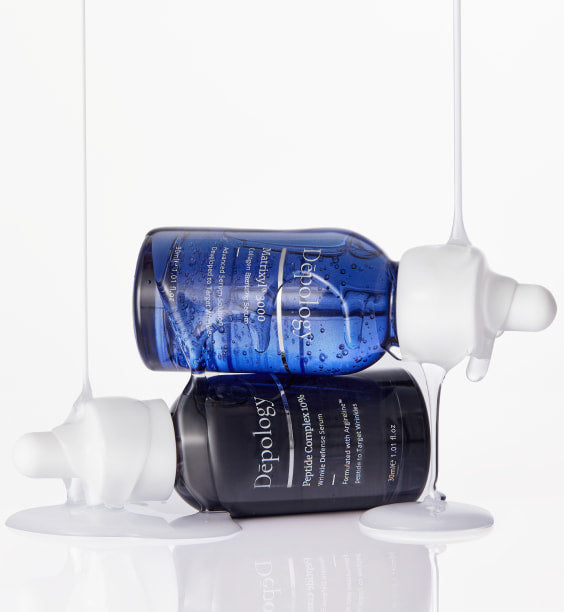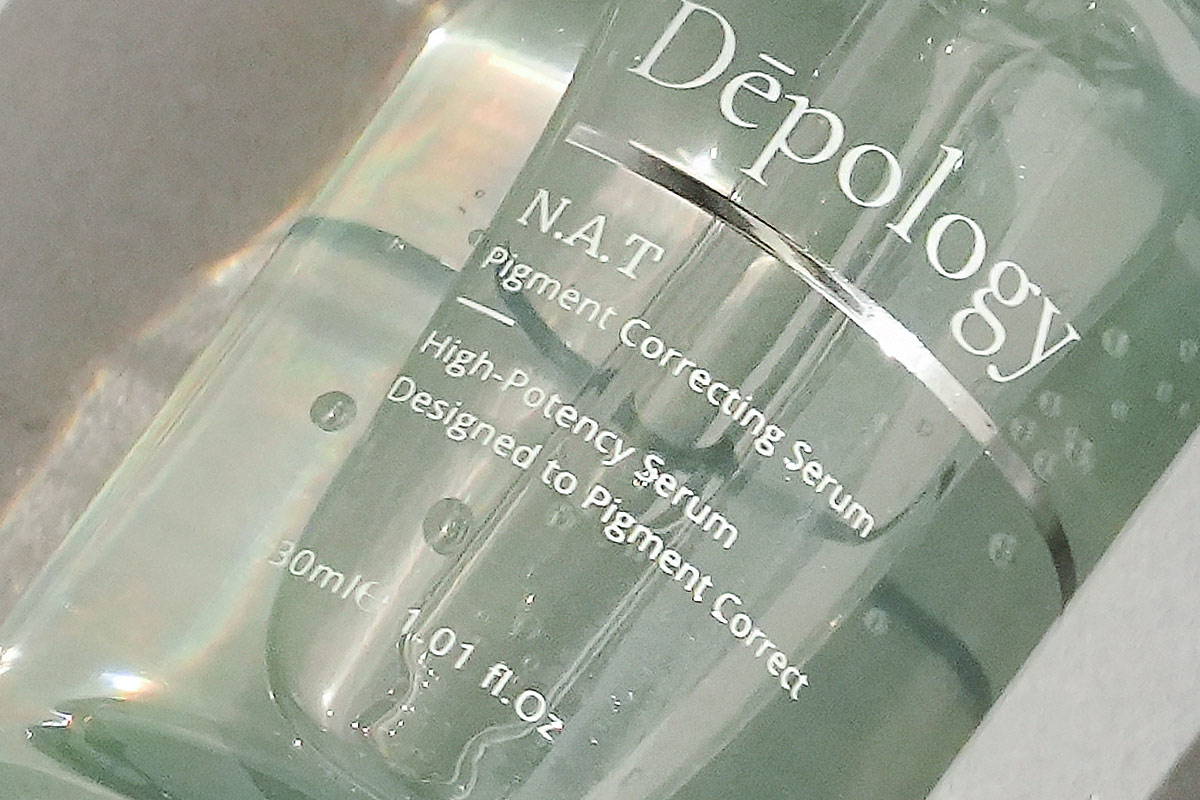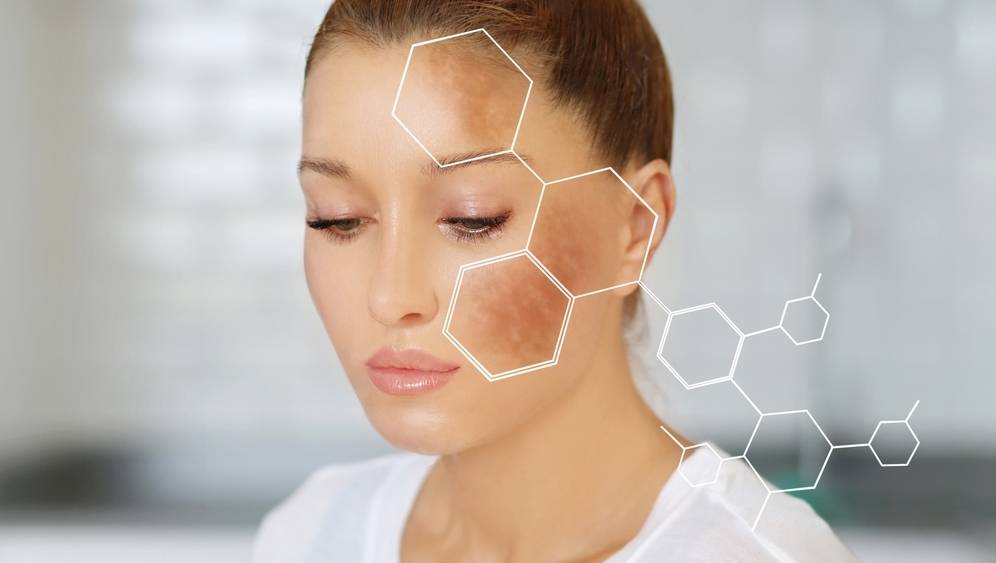
How Long Does It Take To Repair The Skin Barrier?
Intro
The three layers of our skin (epidermis, dermis, and subcutaneous or hypodermis) aren’t present just to make us humans easier to look at. These layers serve an important role in protecting all the activity that is occurring underneath to keep us alive and moving each day. They also act as a defensive shield against external stressors, such as the environment and allergens. Though genetics and skin type play a role in how often we notice symptoms of the skin barrier breaking down if this barrier were not present, more of us would be experiencing skin care concerns daily.
How exactly does our skin’s protective barrier function and why is it important to maintain its healthy state? Whether you have experienced issues in the past or are looking to prevent future outbreaks from occurring, we have simplified the science for you to ease your concerns below.
What Is the Skin’s Barrier And How Does It Work?
Your skin’s outermost protective barrier is essentially the layer of skin that serves as a shield or armor for the face. Without this extra barrier or layer, the skin would become more susceptible to free radicals such as environmental stressors and sun damage. Also known as the stratum corneum, this foremost layer of the epidermis is filled with complex cells and lipids that occur naturally in the body, helping to keep the skin healthy and the barrier enforced.
When the skin’s barrier becomes compromised, vital substances that form in our body are not able to be produced or operate as efficiently. Ceramides, cholesterol, and fatty acids, to name a few, won’t hold the skin cells intact, leaving the skin more penetrable.
As mentioned prior, the skin’s external barrier can become damaged for several reasons. Free radicals such as excess sun exposure, air pollution, extreme weather conditions, and smoking are just a few that can break down the protective shield and leave your body vulnerable to harmful chemicals and toxins.
Harmful external factors are not the only possibility regarding our skin’s barrier. The natural aging process, which is out of our control, causes ceramide levels to decrease over time. A readily supply of ceramides in the skin is crucial because they hold our skin cells intact. By maintaining the fortified state of these cells, they encourage moisture retention and decrease the possibility of harmful agents entering the system.
Signs That Your Skin Barrier Is Damaged
Common indications that your skin’s barrier has been penetrated include skin that appears dry, flaky, or irritated. If your skin feels more sensitive than usual or has tingling, itching, or burning sensations, you should consult a skin care professional to avoid further complications. In severe circumstances, dermatologists can work alongside you and form a customizable routine or prescribe topical medications, such as hydrocortisone cream, if necessary.
These symptoms are painful and disruptive to everyday life, but leaving your skin’s barrier damaged without treatment can lead to further issues such as infections, dermatitis, rosacea, and eczema.
How Long Does A Damaged Skin Barrier Take To Heal?
Thankfully, you don’t need to be concerned about permanent barrier damage. It is rare for irreversible damage to occur to your skin’s protective shield. That being said, you are going to have to be patient while the skin heals itself for about two weeks. Depending on the type of damage, it could take longer. Your skin’s barrier may also be predisposed and more at risk of breaking down due to contributing factors such as genetics, age, and stress.
During the healing process, you should prioritize gentle, soothing products over harsh products. Avoid products with fragrances and abrasive scrubs, as these can further irritate the skin and create micro-tears on the skin’s surface. This will set your recovery date back even further and could potentially disrupt your normal skincare routine.
Recommended Skincare Routine For Damaged Skin
Certain active ingredients should be put aside while the skin is healing, such as AHAs, BHAs, and retinol. Exfoliating the skin should be entirely avoided until the skin has fully healed. Even when the skin is healthy, most users don’t need to exfoliate more than two to three times per week.
A bland, less intense hydrating routine, while not a preferred choice, will help your skin recuperate quicker for a few weeks until you can resume with gentle chemical exfoliants to adapt your skin back to its normal routine. Mild acids, such as PHAs and polyhydroxy acids should be ingredients to look out for during this stage in the process.
While you are waiting for your skin to heal, gentle face cleansers with lukewarm water in the AM to start your day and in the PM to prep your skin for bed are recommended additions to your temporary routine. You may follow this with specific toners (make sure they are alcohol-free), hydrating facial serums, and moisturizing creams.
Certain creams are specifically made to help repair the skin’s barrier, promoting the production of ceramides and acting as a humectant. Humectants are vital to incorporate into a routine due to their powerful ability to bind water to skin cells and maintain proper hydration. Ingredients such as glycerin and hyaluronic acid contain these properties and will be your allies during the recovery process.
You’ll know your skin has returned to its former glory once any signs of irritation and redness have dissipated. Healthy skin appears more plump, supple, and soft, while unhealthy skin continues to appear dull, rough, dry, and scaly. If you don’t notice your skin healing on its own after two to three weeks, a more intensive routine or treatment may be necessary and you should schedule a consultation.
Conclusion
Now that you are aware that skin barrier damage isn’t permanent, you can breathe a sigh of relief if you are concerned about future or current symptoms. Though it throws a dent in plans or routines, it’s worth the wait and patience to continue your normal practices until the skin has been given adequate time to heal. Practicing a routine that emphasizes humectants, emollients, and antioxidants will fast-track your skin back to its normal functions so that you can go about your life at ease.


